Decision Science Division
Advance human and machine decision making across the global security landscape through applied decision and information sciences and mission centered design.
Dr. Maegen Nix, Ph.D.
Director of Decision Science Division
Areas of Focus
Human Centered Design
Founded in design thinking, open thinking, and liberating structures principles, the DSD human centered design approach (ARC-TIC) employs tailored problem framing, innovative solution discovery, and creative adaptability to harness collaborative analytic potential and lead change. DSD applies this approach to internal and external efforts to ensure custom-designed ARC-TIC projects, including concept development, requirements generation, assessment development, remain as cutting edge as the solutions they provide.
Systems & Mission Engineering
Effective systems and mission engineering facilitate readiness and elasticity in the defense ecosystem and ensure the acquisition of systems designed to address critical challenges at the speed of relevance and overcome obsolescence, interoperability, and sustainment challenges. DSD plays a critical role in SE and ME application in curriculum and concept development and acquisitions analysis.
Mathematics & Statistics
DSD has a strong foundation in mathematics and statistics, which are core components of information, data, and decision science. Applications of mathematics and statistics have been used in creating linear regression, classification, and clustering models. DSD has directly applied this knowledge to build metrics, design experiments and surveys, and create probabilistic models for anomaly detection and survivability analysis.
Data Science
DSD possesses a wide range of data science capabilities, spanning from the initial phase of data processing, all the way through to data visualization. Through numerous projects from varied sponsors, DSD has honed these capabilities and can deploy them on a wide range of datasets, in a variety of industries. DSD has developed full scale machine learning applications, on a wide range of algorithms, including traditional regression, neural networks, decision trees, and Bayesian methods. In addition to these applications, DSD is well versed in cutting edge natural language processing techniques, utilizing tools and algorithms such as BERTopic to perform various NLP tasks, such as sentiment analysis, topic modeling, and text classification. Through these advanced algorithms, DSD is able to extract key and unique insights and uncover the meaning behind vast amounts of data.
Social Science
Social sciences offer a rigorous framework to assess complex threat realities. DSD leverages social science models, methodologies, and principles in support of efforts to understand and assess the threat environment the modern operating environment. Using both qualitative and quantitative approaches, DSD produces a range of products from decision models to operational concepts and strategies.
Program Highlights
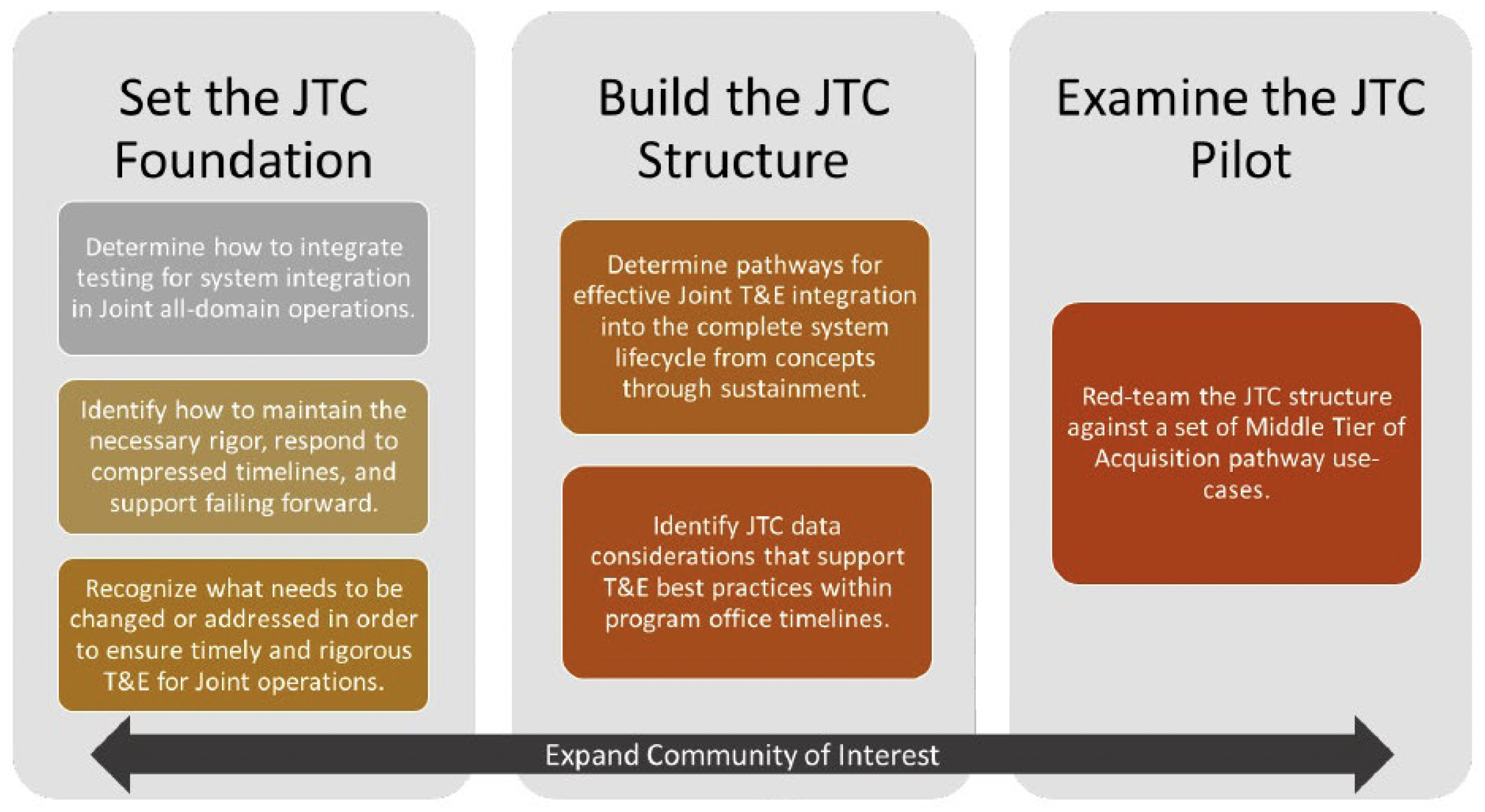
Director, Operational Test and Evaluation (DOT&E)
Define the future of joint test and evaluation for DOD and create a development plan that will enable the services to test the way we fight.
- Develop a Joint Test Concept that will redefine joint test and evaluation in a way that places increased emphasis on the operational and mission context in which the system under test is expected to perform.
- Refine existing practices to identify efficiencies and streamline system assessment in relation to service and Joint performance capability requirements.
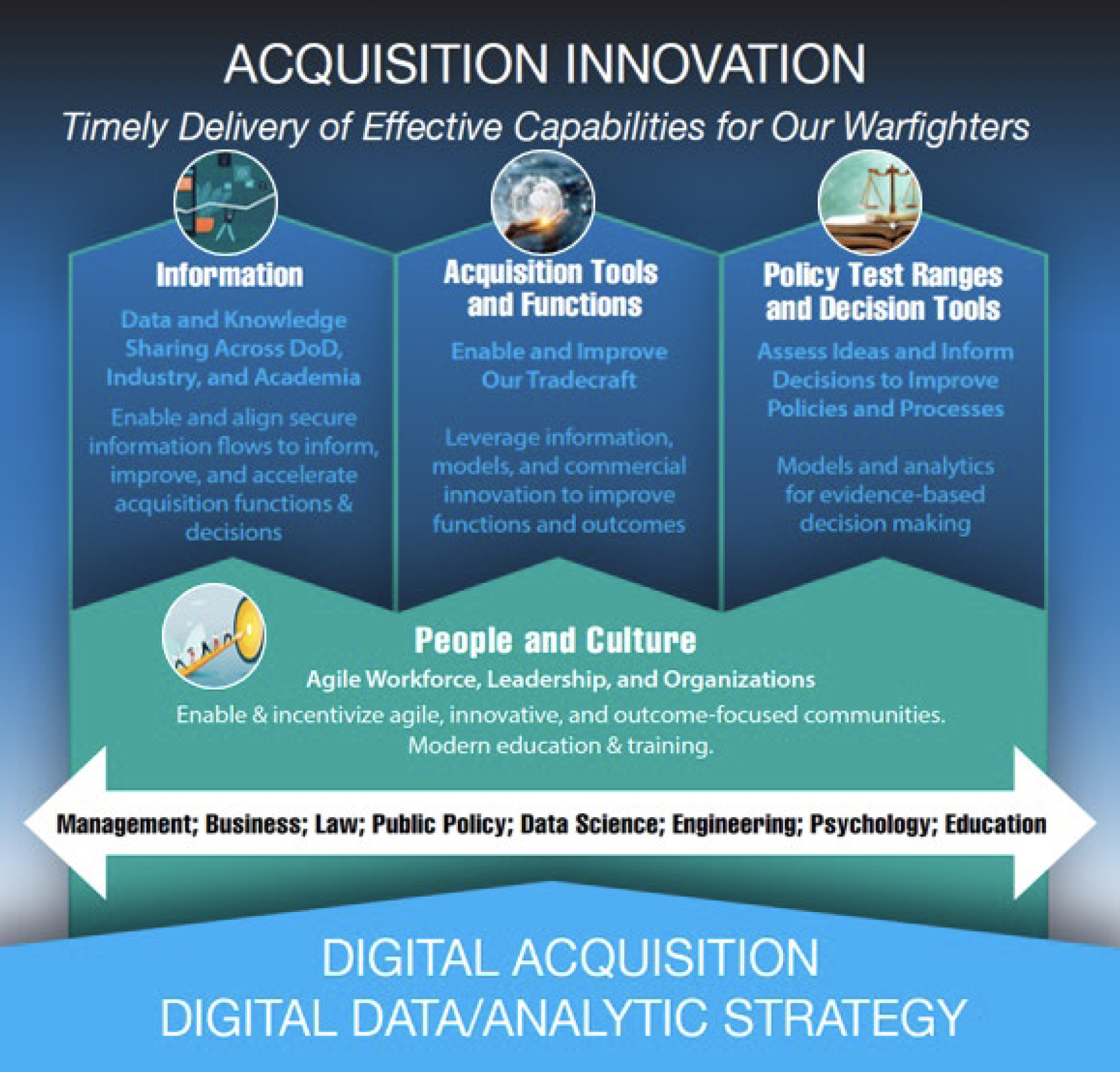
OUSD(A&S)
Establishing a Foundation for Digital Acquisition Innovation
Goal: Develop and execute pilots and initiatives to develop capability in the area of digital acquisition innovation.
- Better inform (e.g., capability models) for better & faster outcomes
- Mission engineering & portfolio management
- Systems engineering
- Cost estimating
- Requirements generation and contract solicitations/specifications
- Budgeting
- Develop tools to aid program and contract management
- Market research
- Risk management
- Contractor monitoring
- Reports automation
- Feeding Service reporting/oversight systems
Emerging Technology Innovation Analysis
DAU, Department of Defense (DoD)
In response to Congressional tasking under the National Defense Authorization Act of Fiscal Year 2022, the Defense Acquisition University (DAU) leveraged VT-ARC to assess the status of the nation’s innovation and
emerging technology adoption training programs for Department government civilian, contractor, and active-duty employees.
VT-ARC defined innovation, created a taxonomy and proposed an analytic framework to identify necessary workforce training components. After comparing numerous service-related approaches aimed at getting new innovations
into operator hands, we identified recommendations regarding future capability development.

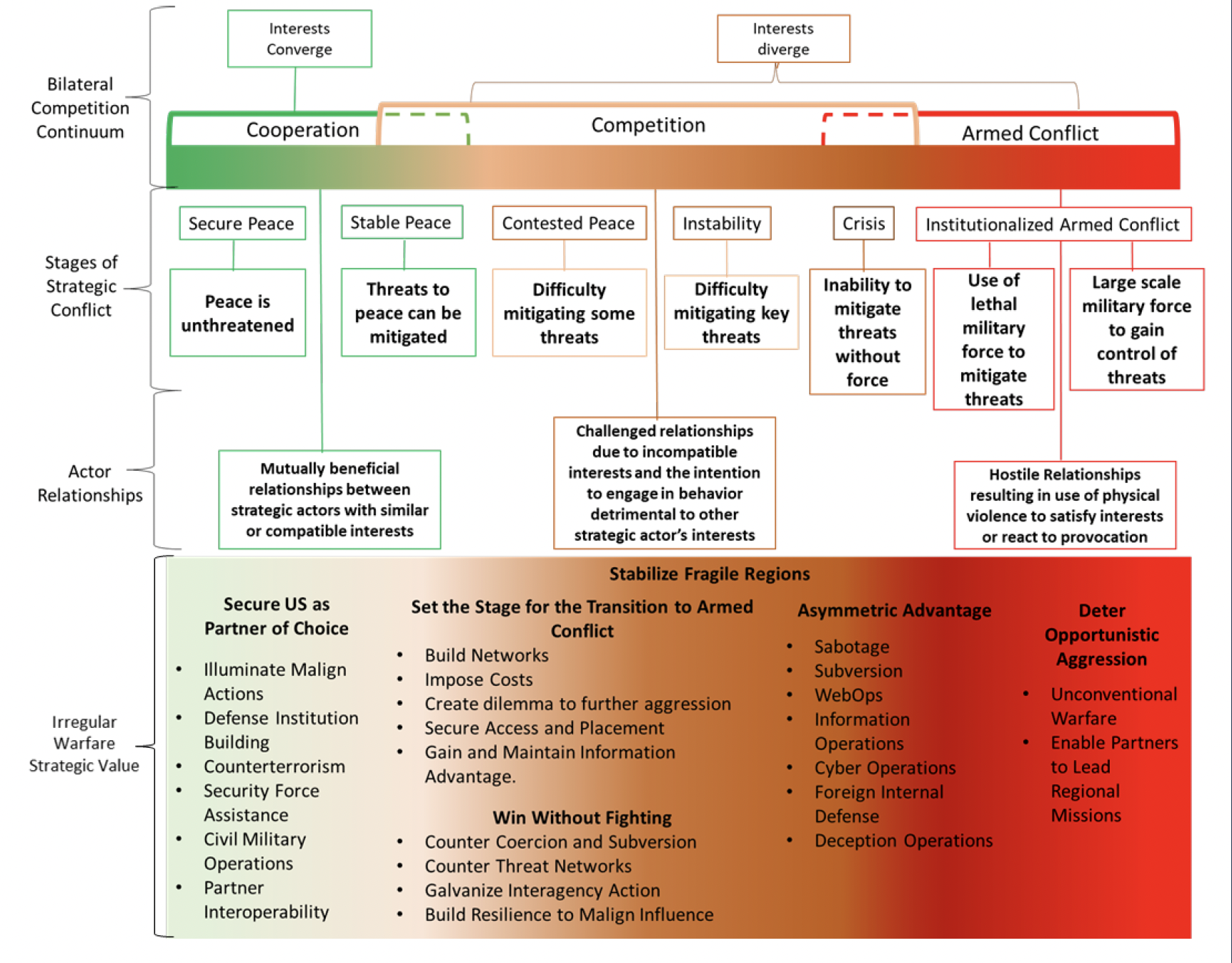
- Identify Operating Environment Considerations
- Clarify Theory of NSW fight regarding the maritime domain, high-end threat, and risk calculus.
- Determine challenges specific to NSW forces. Authorities, and permissions
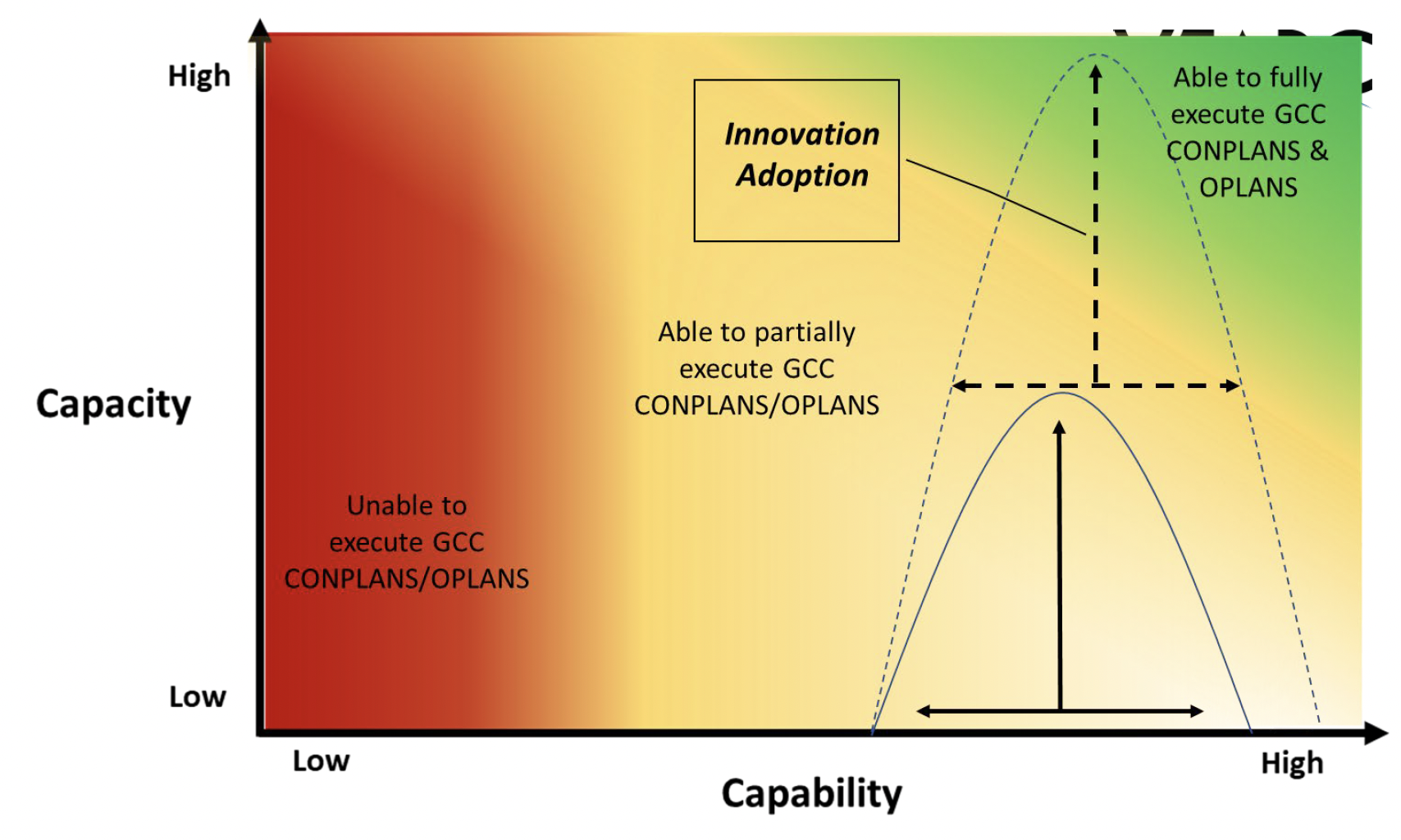
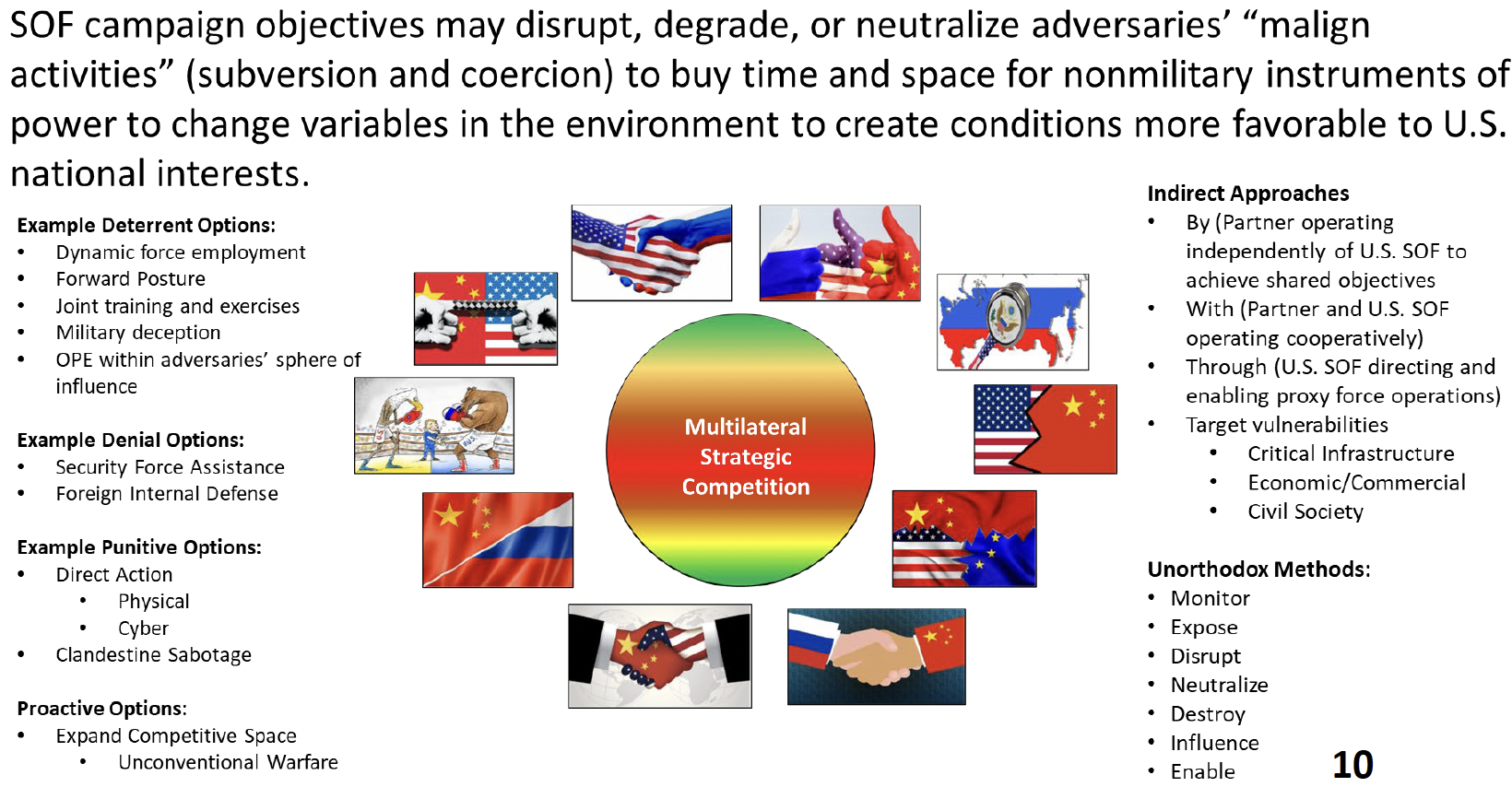
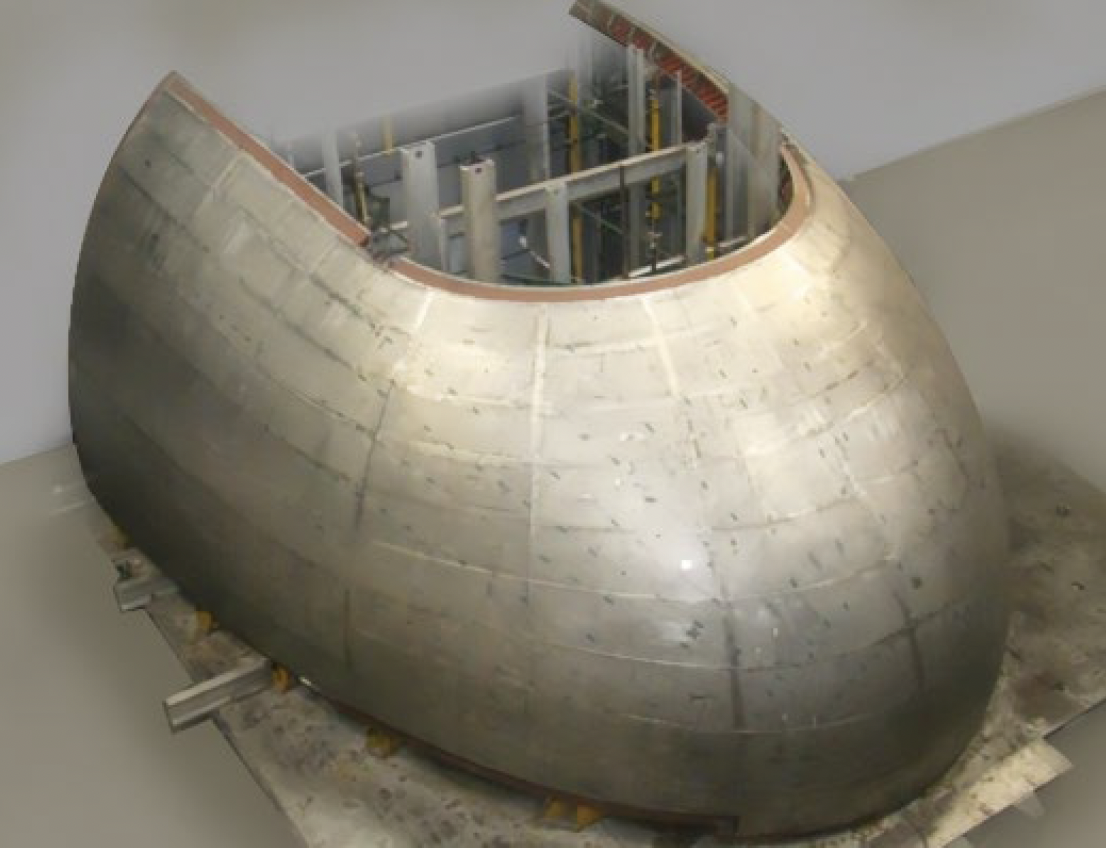
USN, Digital Engineering
Sonar Dome Anti-Fouling Tracking and Prediction (Export Controlled STTR)
Objective 1: Demonstrate the feasibility of a prediction tool for anti-fouling life
Objective 2: Create an ontological framework that can integrate and scale into the Navy
Objective 3: Determine the transition path and timeline
Leverage digital engineering to combine Naval Research Laboratory (NRL) provided data, laboratory generated data, and biophysical models to predict anti-foulant life as well as a concept for the physics-based GUI for diffusion from sonar domes.
Partnership with bioengineering company Biointerphase.
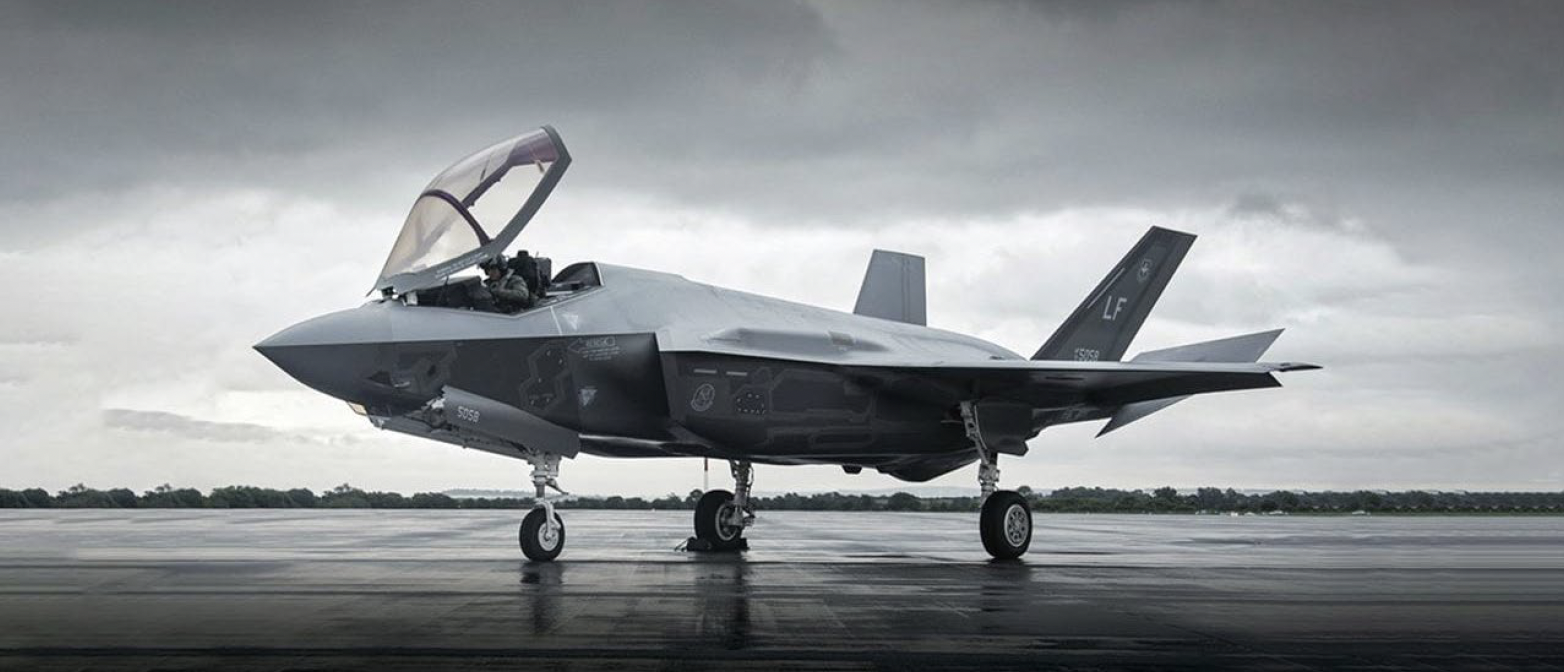
Test Resource Management Center (TRMC)
Joint Strike Fighter Hyperparameter Optimization
The goal of this program is two-fold.
- Develop tools and metrics that leverage Machine Learning (ML) and classical techniques to perform anomaly detection, cause and effect analysis, trend analysis, and pattern recognition that will enable faster and more comprehensive analysis on large volumes of test data on platforms such as the F-35 and F-22.
- Develop and then transition computer software tool prototypes and software documentation to integrate effectively with government existing T&E environment.
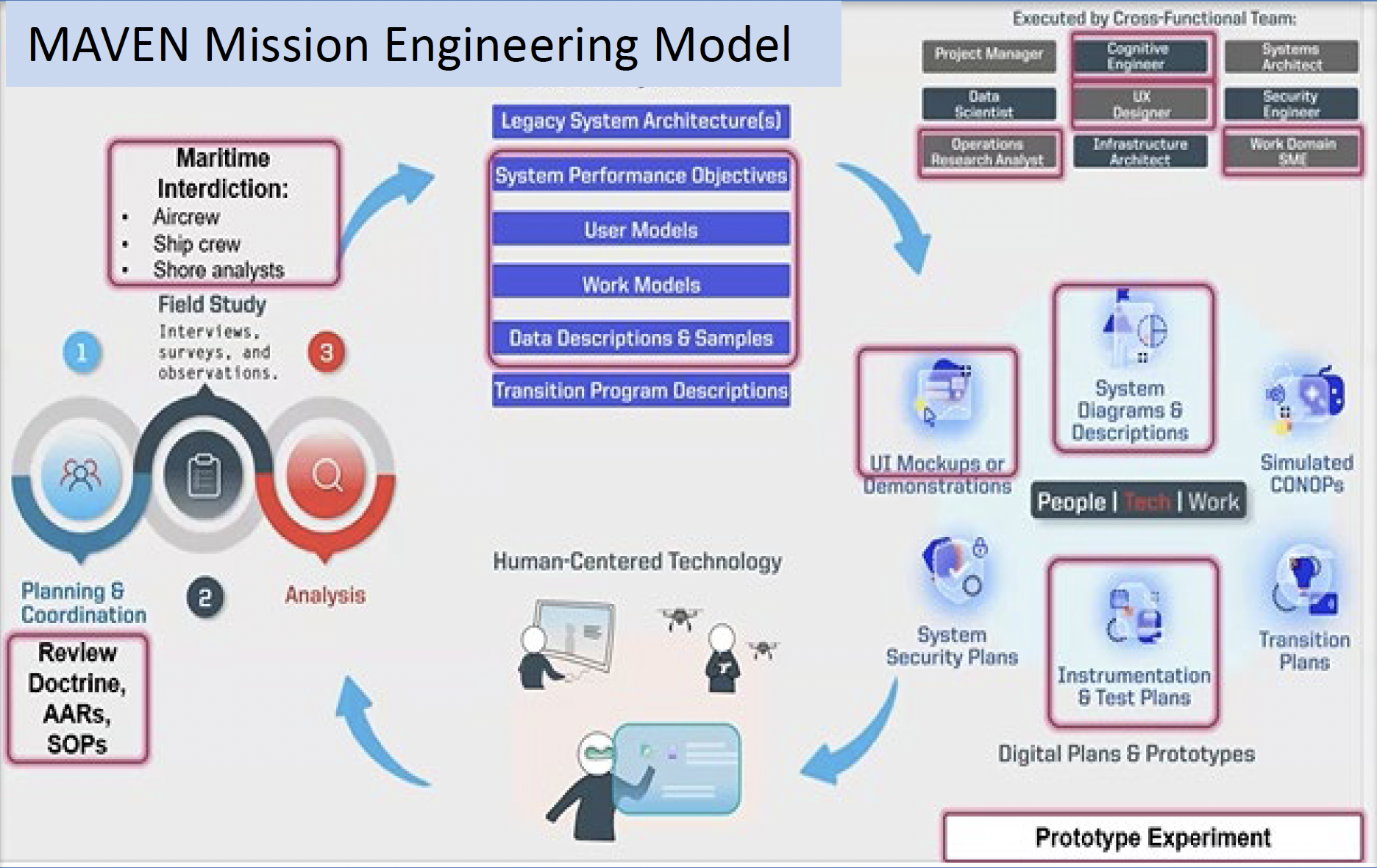
NGA/USCG
Project MAVEN and Project Minotaur
Model-Based Simulation Design and Human Machine Teaming (HMT) Performance Assessment
- Developed new mission engineering techniques that provided detailed operational workflows to recommend and rapidly integrate emerging AI capabilities and processes.
- Recommended future technical development cycles and TTPs for simulations and real-world operations.
- Developed simulated EO/SAR data on MAVEN to test imagery scoring algorithms and hierarchical AI/ML models
DTRA-RDTT Threat Beacon
Prototype Decision Support Tool Comprehensive decision support tool using data fusion and AI/ML models to provide situational awareness of threat-related technology developments.
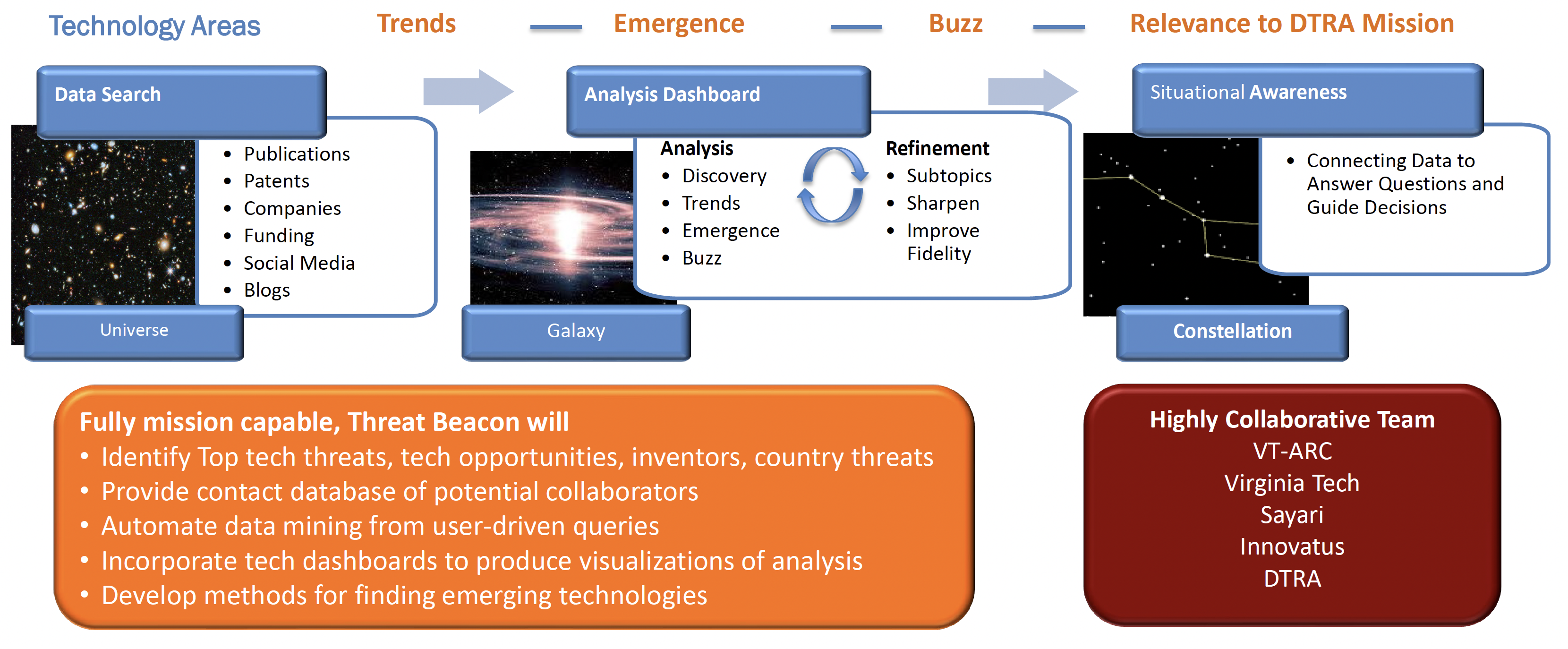
First introduced in 1987, modern design thinking was popularized by the Stanford Design School and the global design and innovation company, IDEO. 1 Design thinking is now recognized as a “way of thinking which leads to transformation, evolution and innovation” 2 and has been so widely accepted universities, including Stanford and the University of Potsdam, offer graduate degrees in the discipline. Related to design thinking, Liberating Structures, are “simple and concrete tools that can enhance group performance in diverse organizational settings.” 3 Open thinking, popularized by Dan Pontefract, 4 provides a comprehensive approach to decision-making that incorporates critical and creative thinking techniques. Founded in these the principles from each of these approaches, the Decision Science Division (DSD) of Virginia Tech Applied Research Corporation human centered design approach employs tailored problem framing, innovative solution discovery, and creative adaptability to harness collaborative analytic potential, overcome the limitations of cognitive biases, and lead change. 5 DSD applies this approach to complex and wicked challenges to deliver solutions that address implementation challenges and diverse stakeholder requirements. This experiential session will provide attendees with some basic human centered design facilitation tools and an understanding of how these techniques might be applied across a multitude of technical and non-technical projects.
1 Brown, Tim. Harv Bus Rev. 2008 Jun;86(6):84-92, 141.
2 Tschimmel, Katja. “Design Thinking as an effective Toolkit for Innovation.” ISPIM Conference Proceedings. The International Society for Professional Innovation Management (ISPIM), 2012.
3 Singhal, Arvind, et al. “Liberating structures as pedagogical innovation for inclusive learning: A pilot study in a Norwegian university.” Journal of Creative Communications 15.1 (2020): 35-52.
4 Pontefract, D. (2018). Open to think: Slow Down, think creatively, and make better decisions. Figure 1 Publishing Inc.
5 Based on Kotter, J. P. (2012). Leading change. Harvard Business School Press.

